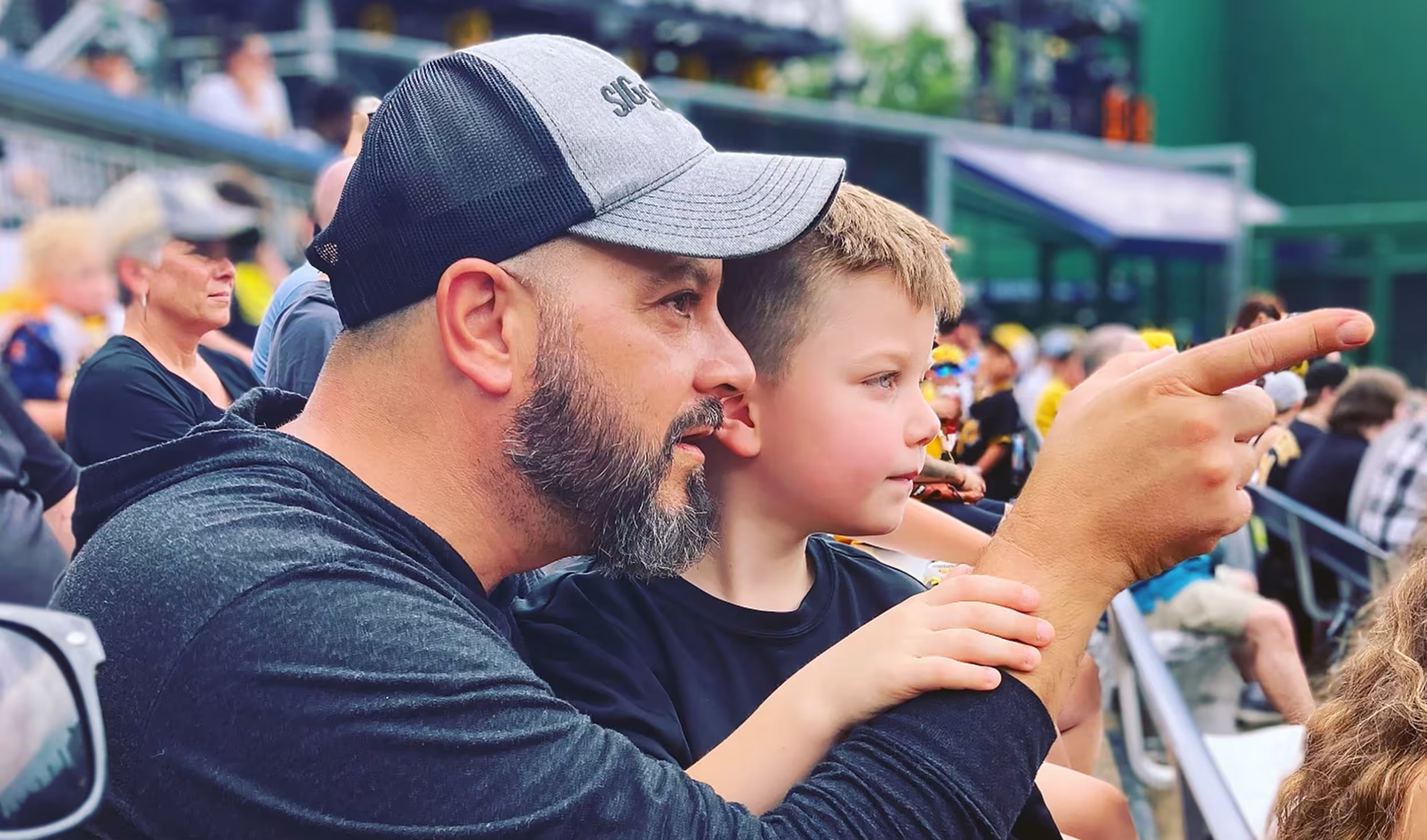hen eyes are misaligned or are not looking at the same place at the same time, it is a condition called strabismus, commonly referred to as 'lazy eye.' The name is derived from the Greek word, 'strabismos', which means to squint. Many patients with strabismus will squint on occasion, especially in bright light outdoors.
Types of Strabismus
Many people think that strabismus is the result of an eye muscle problem, but in most instances, the eye muscles are quite healthy. Most of the time, the problem lies in the part of the brain that controls fusion, or keeping both eyes simultaneously directed toward the object of interest. Some forms of strabismus are the result of abnormally functioning eye muscles, or nerves that stimulate an eye muscle; this is known as paralytic strabismus because a muscle is believed to be paralyzed. There are also medical conditions that can cause an eye muscle to be too tight or restricted, causing restrictive strabismus. If an eye is crossed inward toward the nose, esotropia exists. If an eye is turned toward the ear, it is called exotropia. If an eye is turned upward or downward, a hypertropia or hypotropia, respectively, exists.
Who Gets Strabismus?
In the preschool age group, three to five percent of children have some form of strabismus. The genetics or inheritance pattern of it is very complex and not completely understood. Overall, about 30 percent of patients with strabismus will have a close family relative who has some form of strabismus too. In most cases, however, there is no known relative with it.
Certain groups of patients have a higher incidence, including children born prematurely, those who had retinopathy of prematurity (a potentially blinding condition of premature infants that affects the retina in the back of the eyes), children who are developmentally delayed, children with a family history of strabismus, and those with craniofacial (skull shape) abnormalities, just to name a few.
Adults can also develop strabismus, as the result of a medical or neurological problem that developed in adulthood or it can be a recurrence of childhood strabismus. It can also develop following certain forms of head trauma in both children and adults.
Treatment
There are several reasons why strabismus needs to be treated. For one, it does not improve by itself. It is a myth that children usually outgrow the problem.
Health
Second, young children with it have a significant chance of permanently losing vision in one eye-a vision loss that is not recoverable with eyeglasses. If a child does not develop the ability to use both eyes together as a young child, this ability will not develop later in life. Some people whose eyes are visibly misaligned have difficulty communicating with others, and some may have difficulty with self-esteem.
Finally, and certainly not least important, strabismus can be an early sign of a serious, ocular or neurologic problem.
Diagnosis and Examination
In children, strabismus may be detected by the child's primary care practitioner during routine exams. Sometimes it is first noticed by family members, childcare providers, or friends. Older patients may notice it themselves or may develop double vision.
An adult who suspects he or she may have strabismus should get a referral to an eye doctor who is experienced in treating this condition.
Nonsurgical Treatment
There are many different ways to treat strabismus, depending on the clinical situation and the patient's age. Some patients with strabismus will be treated with eyeglasses if it is thought that eyeglasses will improve the sight in one or both of the eyes. Sometimes, by improving the clarity of the vision, the condition disappears. If one eye does not see as well as the other, and the patient is a child, the doctor may decide to patch the eye that is functioning better to help recover vision in the poorer seeing eye. This is known as amblyopia therapy.
Esotropia, or crossing of the eyes, is sometimes caused by excess farsightedness in a child. This type of strabismus may be treated with eyeglasses to help the child focus and to eliminate the inward crossing of the eyes. Some children may even be given bifocal eyeglasses to give extra help with focusing on near objects if it is felt that the near focusing is contributing to the strabismus.
Sometimes, prescription eyedrops are used in one or both eyes for weeks or months at a time. There are also some forms of strabismus that may be treated with eye exercises.
Surgical Treatment
Eye muscle surgery is sometimes necessary. It is almost always performed on an outpatient basis. For children and some adults, general anesthesia is used and the patient is "asleep" during the entire operation. Sometimes local anesthesia is used and the patient is awake during the operation, although they may be sleepy from systemic or intravenous medications that are also used.
In most operations, one or more of the eye muscles are repositioned. In some cases, a muscle may be weakened, or recessed, by separating it from the eye and reattaching it in a slightly weaker position. Alternatively, a muscle may be strengthened, or resected, by splicing out a small piece of the muscle and then reattaching the muscle so it has a stronger effect on the eye's position.
For some cases of strabismus, the doctor will inject a powerful paralyzing agent, botulinum toxin, into the muscle to weaken the muscle's action. Some surgeons will use adjustable sutures for older children and adults, especially if the patient has had eye muscle surgery previously. An adjustable suture is a stitch that is used during surgery that can be manipulated within 24 hours after the surgery when the patient is awake to adjust the outcome of the surgery. This procedure is performed on the patient after anesthetic eyedrops are instilled. Using special instruments, one or more eye muscles can be repositioned and then secured. This "fine tuning" may increase the success of the surgery.



